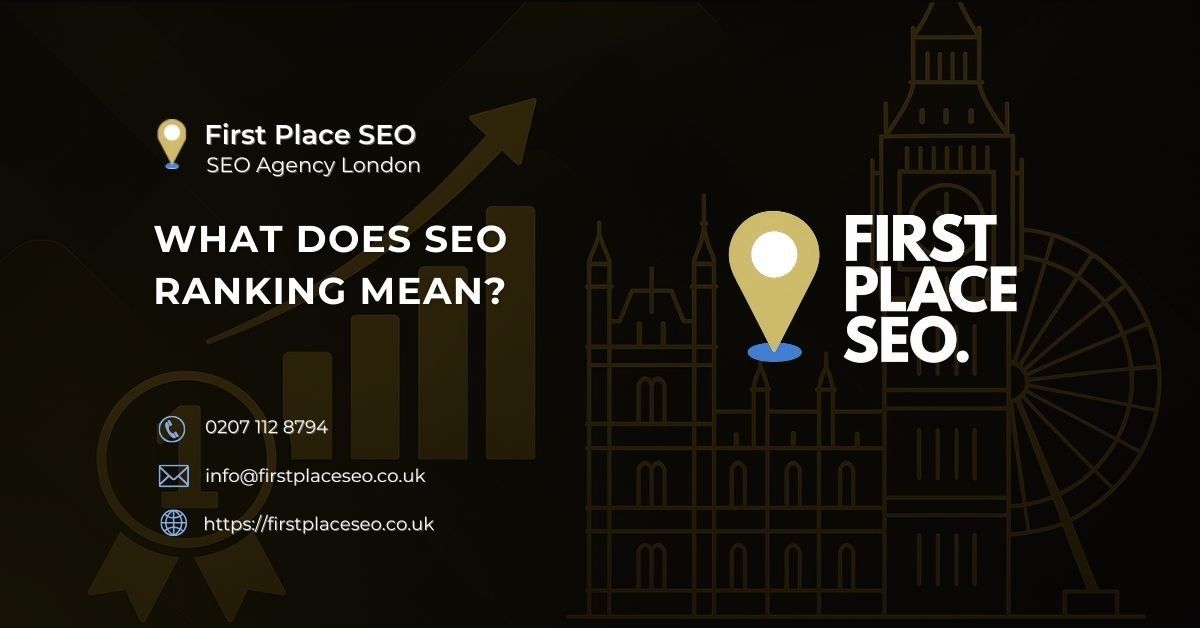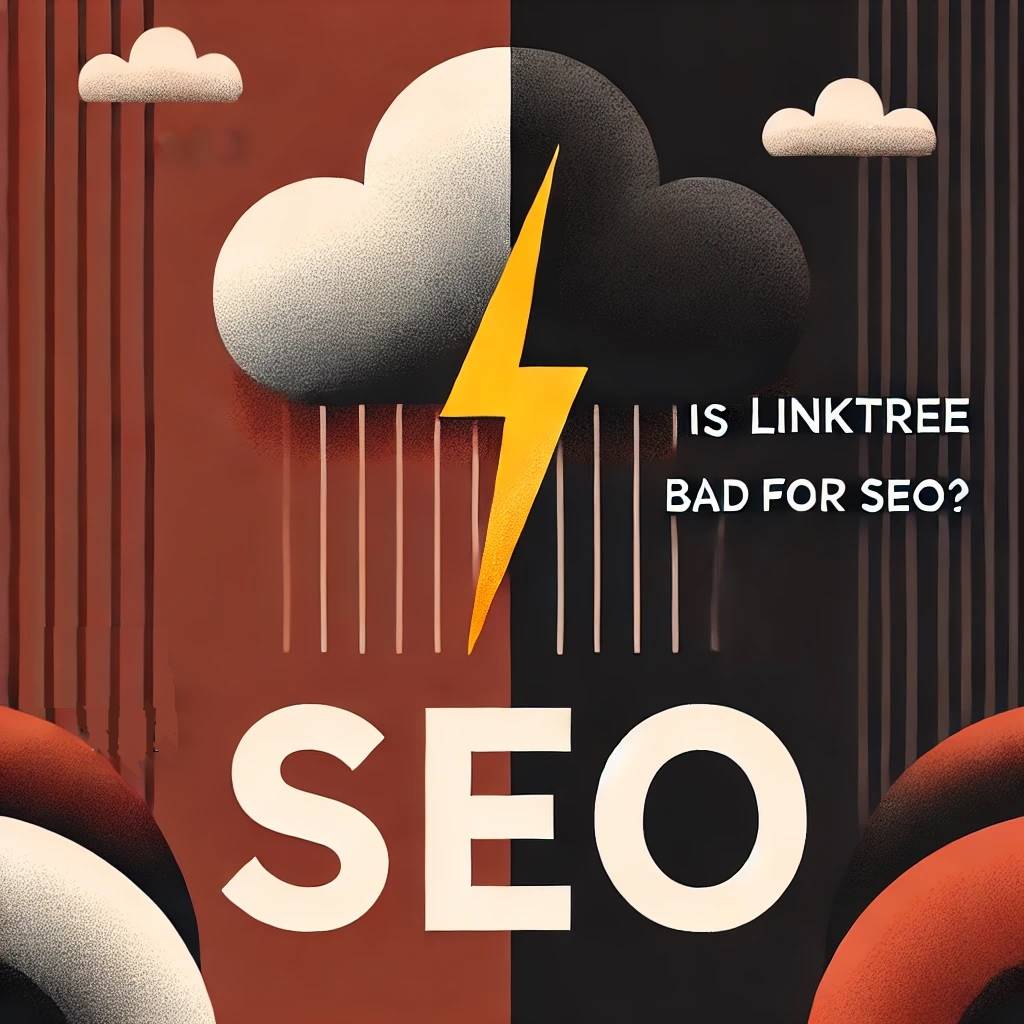What is Search Intent and Why is it Important?
What is Search Intent? Search intent, also known as user intent, is the primary goal a user has when entering a query into a search engine. It represents what the user aims to achieve, whether it’s finding information, making a purchase, or visiting a specific website.
Types of Search Intent Search intent can be categorised into several types:
Informational Intent Users are looking for information about a specific topic. Examples include “How to bake a chocolate cake” or “What is the capital of France?”
Navigational Intent Users aim to visit a particular website. Examples include “Facebook login” or “YouTube.”
Transactional Intent Users are ready to make a purchase or complete a transaction. Examples include “buy iPhone 13” or “best deals on laptops.”
Commercial Investigation Intent Users are researching products or services and are likely to make a purchase soon. Examples include “best smartphone 2024” or “top online MBA programmes.”
Why is Search Intent Important?
Improved User Experience When content matches search intent, users find relevant information quickly. This leads to a better user experience and longer site engagement.
Higher Conversion Rates Matching content to search intent increases conversion rates. Users with transactional intent are more likely to purchase when they find a clear, optimised product page.
Better SEO Performance Search engines rank pages that best match the user’s intent. Aligning content with search intent improves rankings and drives more organic traffic.
Lower Bounce Rates Content that meets search intent reduces bounce rates. Users stay longer on sites that provide relevant information, signalling to search engines that the content is valuable.
Competitive Advantage Understanding and leveraging search intent gives a competitive edge. Businesses that meet user needs more effectively attract and retain more customers.
How to Optimise for Search Intent
Conduct Keyword Research Use tools like Google Keyword Planner, Ahrefs, or SEMrush to identify keywords and phrases linked to different types of search intent.
Analyse SERPs Review search engine results pages (SERPs) for target keywords to understand the type of content that ranks well. This reveals the dominant search intent.
Create Relevant Content Develop content that directly addresses the user’s intent. Provide detailed guides or articles for informational queries and ensure product pages are optimised for transactional queries.
Monitor and Adjust Regularly monitor your content’s performance. Use analytics tools to track metrics like click-through rates (CTR), bounce rates, and conversions to refine your approach











